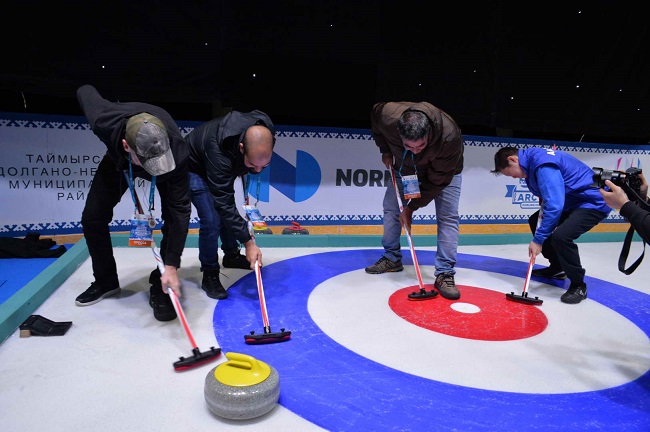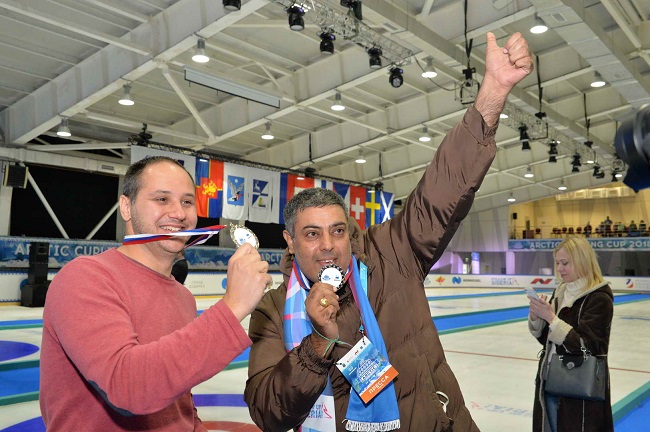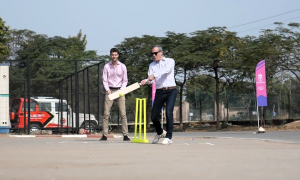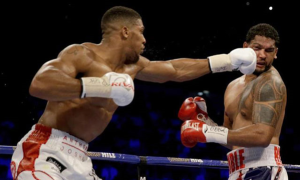What is curling?
In the sport of curling water droplets are sprayed on the ice surface; on freezing these droplets form ice pebbles. This pebble formation increases any movement or rotation enforced on the stone which makes it curl inside or outside.
The surface that curling is played on is known as the sheet. Its dimensions are around 150 feet long by about 15 feet wide, but can vary. At the end there is a target (like bulls eye). These targets are called houses. The centre of the house is called the button.

The aim of the game is to get the stones closer to the button than the other team.
History of Curling
Curling being an uncommon sport for today has a history dating back to 16 century where this sport was played in Scotland on frozen ponds and lochs. Curling made its debut in Olympics at the 1924 Olympics in Chamonix, France. At that time only men participated and Great Britain scooped out the gold medal. Curling stones in Olympics weigh between 38 and 44 pounds. The granite for the curling stone is obtained from Ailsa Craig (an island off the west coast of Scotland that resembles, from a distance, a curling stone).
Equipment used in Curling
• The curling stones are made up of granite; their weight is between 38 and 44 pounds. Each stones have a handle with the help of which the thrower makes the stone curl.
• 2 team members are provided with brooms who perform continuous sweeping in front of the stone while it is sliding to guide it towards the house.
• A particular variety of shoes are worn by players which help them slide down the ice.
How to Play Curling
• Curling match has 10 ends.
• There are 4 players in each team.
• The lead throws first, followed by the second, then the third — or vice-skip — then finally, the skip.
• Each player throws two stones (total of 16 stones).
• The most significant player is the skip as he throws the last stone in an end. He also determines the overall strategy.
• To make a shot the curler pushes a foot off the hack, a piece of rubber parallel to a starting block.
• The curler slides across the ice and releases the stone before it touches the line.
• The stones are then moved towards the house (the area with four concentric circles on the other side of the sheet).
• The house is the scoring area.

Scoring in Curling
• A match consists of 10 ends. Once the players are done throwing their 8 stones towards the same house the end concludes.
• Only one team ends up scoring points at the end.
• The team with the stone closest to the button scores a point. This stone is known as shot rock.
• The scoring team can score as many points as they desire due to their stone being closer to the button.
• After one score end, the throwing order changes and other team get to throw first.
• The team with maximum points after 10 ends wins.
Rules of Curling
• Scoring
The main aim of curling is hitting the button of the house with the team stone. Each team gets 8 stones to throw (2 stone per player). The team to get the stone closest to the button at the end of the 8 throws gets a point. An extra point is awarded in the case if any other stone lands insides the closest stone of the opposite team.
After both teams are done throwing their stones (all 16 of them) then only one team can score. The maximum numbers of points a team can obtain are 8.
• Sweeping
Sweeping is done to decrease the friction between the stone and the pebbled ice that leads the stone to curl less and go straighter and faster.
• Throwing the rock
The rock can be thrown in 3 different ways:
- One can throw a block: A throw which is meant to block the other team’s stone and falls short of the target or house.
- One can throw a draw: A throw which is meant for scoring and is aimed at the centre of the bull’s eye.
- One can throw a takeout: A throw which is meant to displace the opponent’s rock out of scoring position.
• Roles
There is no strict division of roles in the team of curling. In the team of 4 everyone throws 2 stones. There are no particular sweepers or throwers.
• Chess on Ice
Strategy is eminent in curling. The last rock thrown and teams alternate shots have major advantage in the game. The last rock thrown is known as the hammer as it changes the score to quite an extent.
This blog is part of “FOLLOW UP SIBERIA!” bloggers contest and I hope to be part of this group again for XXIX Winter Universiade 2019 in Krasnoyarsk.









